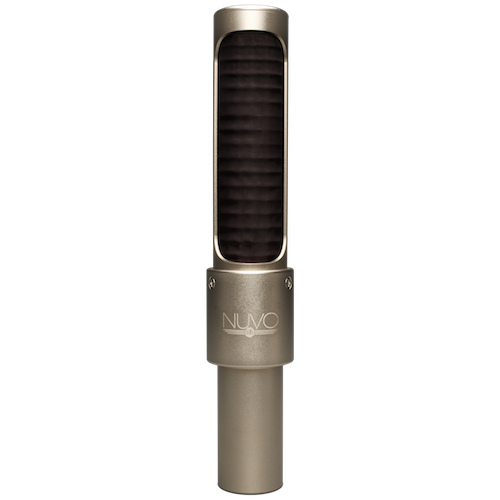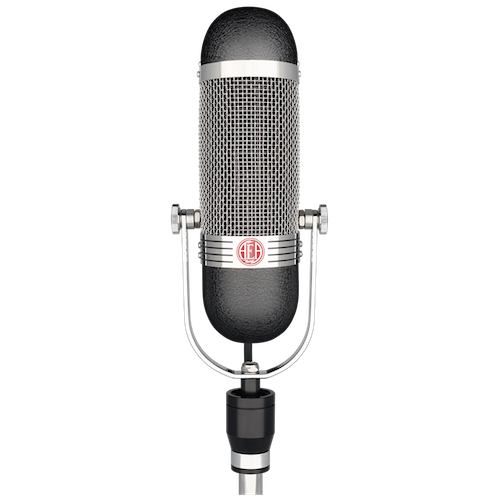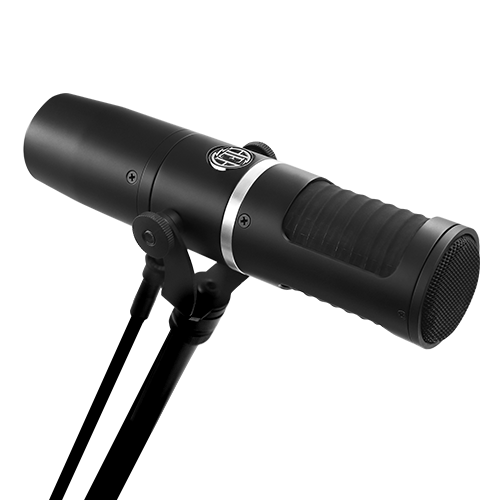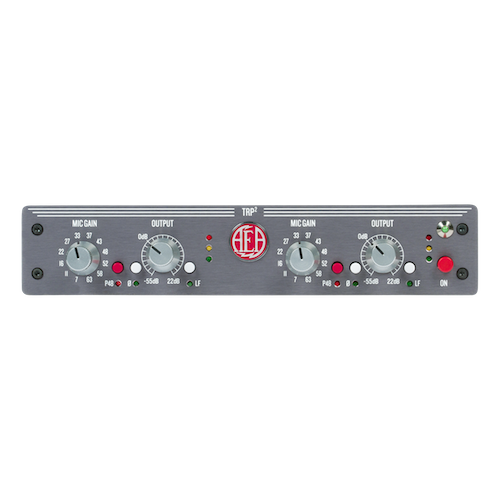At AEA, we design and build passive and active ribbon microphones. Some models — like the AEA R44 and R84 — have both passive and active versions. While both types of mics offer the same excellent and natural sound quality of a ribbon, there are five reasons we recommend using the active versions.
1. Active ribbon mics have greater output than passive microphones.
The custom Lehle transformer in our active mics gives +12dB of extra output over their passive counterparts. The R84A has +12dB more output than the passive R84 and the A440 has +18dB more output than the passive R44. When using colored preamps with less gain, these active mics offer greater flexibility when gain staging the preamp.
Passive designs require a special preamp — like the AEA RPQ3, RPQ500, and TRP23 models. These preamps ensure optimal performance for the microphone. Unlike many modern preamps with low gain and impedance, these specially designed units provide adequate and quiet gain and high enough impedance for ribbon microphones.
2. They have less audible noise.
The more gain a preamp gives, the more noise is added to the audio path. A passive microphone requires more gain and has a higher self-noise decibel rating than its active counterpart. For quiet and distant sources, this can be a problem when using preamps with 65dB or less gain. Cranking a passive mic up through a low gain preamp may have a negative effect on the signal-to-noise ratio.
Because active mics have more output and require less gain from a preamp, you will not have to completely rely on the preamp to establish a low-noise signal.
3. They can be used with any preamp.
For newer ribbon users or bands on the road, active microphones are more attractive due to their simplicity and flexibility. Active mics, like the highly compact NUVO N22 and N8 models, and the supercardioid KU5A, are preamp agnostic. These mics work with any preamp without the user having to worry about the sound changing in a negative way due to gain level and the impedance of the preamp. The same JFET technology used in AEA’s preamps is incorporated into the active mics. This essentially pairs the microphone to the most optimum preamp front-end possible while always ensuring the full sonic potential of the microphone. With active ribbons, preamps are out of sight and out of mind.







